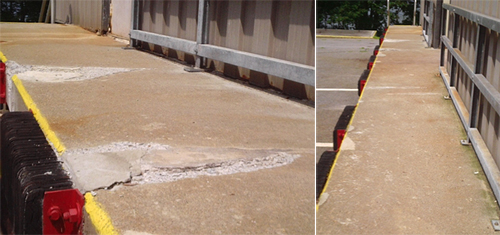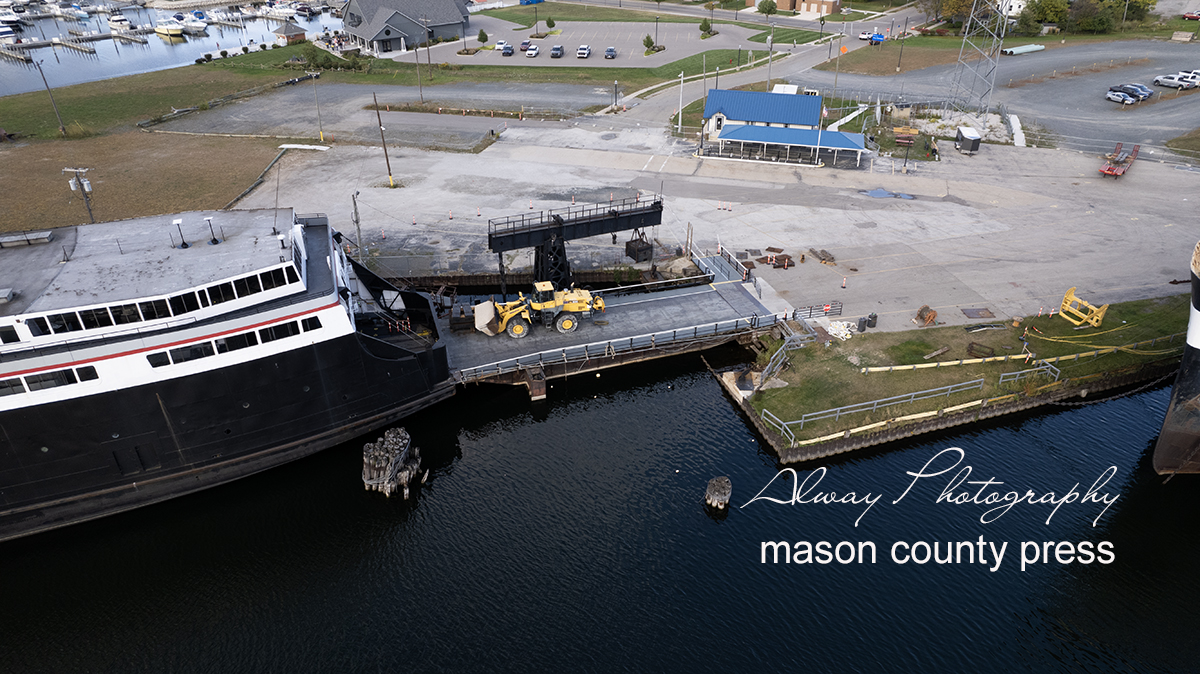Essential Overview to Budget Friendly Dock Repairs for Homeowners
Essential Overview to Budget Friendly Dock Repairs for Homeowners
Blog Article
Efficient Dock Repair Service Techniques: Making Sure Structural Stability
Guaranteeing the structural integrity of anchors with efficient repair work strategies is critical for the long life and safety of aquatic centers. Consequently, picking the best repair service materials, such as corrosion-resistant alloys and composite products, is essential for longevity.
Examining Dock Damage
Examining dock damages is a vital very first step in guaranteeing the architectural honesty and safety of any kind of docking facility. This preliminary analysis entails an extensive assessment to recognize both noticeable and hidden problems. Trick aspects to check out include the dock's foundation, pilings, decking, and hardware. Each element needs to be looked at for indicators of wear, rot, deterioration, or other forms of degradation that could compromise the structural honesty.
Architectural designers or qualified inspectors usually carry out these assessments using specialized strategies and devices. For circumstances, undersea assessments may employ finder tools or from another location operated vehicles (ROVs) to spot submerged damages. Above water, aesthetic assessments are matched by using dampness meters and various other analysis devices to uncover underlying concerns not immediately visible to the naked eye.

Finding Repair Work Materials
Choosing the proper fixing products is a pivotal action in the dock restoration process, one that directly affects the long life and efficiency of the fixed framework. Product choice have to be driven by variables such as ecological problems, load-bearing needs, and compatibility with existing dock elements. For instance, wood is a standard option for docks due to its natural resilience and aesthetic allure. Nevertheless, choosing the best sort of timber, such as pressure-treated lumber or naturally rot-resistant species like cedar or teak wood, is critical to hold up against marine atmospheres.
Along with wood, composite materials are increasingly prominent due to their durability and reduced upkeep needs. Compounds, normally made from a blend of plastic and timber fibers, provide excellent resistance to rot, bugs, and UV damages. For steel docks, picking corrosion-resistant alloys such as galvanized steel or marine-grade aluminum is necessary to stop corrosion and guarantee architectural integrity in saline water problems.
Epoxy materials and marine-grade sealers are essential for fixing splits and securing joints, offering a water resistant obstacle and boosting the dock's overall toughness. By carefully choosing top notch products, dock repairs can accomplish resilient outcomes, therefore safeguarding against future degradation and making sure secure, reliable use.
Structural Reinforcement Methods
Reliable architectural support strategies are crucial in making sure the security and longevity of dock fixings. This approach is especially reliable for anchors revealed to heavy loads or harsh ecological problems.
One more vital technique is the application of fiber-reinforced polymers (FRP) These products use high strength-to-weight ratios and exceptional resistance to deterioration, making them perfect for strengthening wooden or concrete anchors. FRP can be applied in sheets or strips and bound with epoxy resins to boost structural integrity.
Supporting and anchoring systems additionally play a critical function in structural support. Cross-bracing, using steel or wood beams, can neutralize lateral pressures, minimizing swaying and activity. Anchoring systems, such as helical piers or driven heaps, offer a secure foundation by transferring lots to deeper, a lot more stable dirt layers.
Lastly, the combination of load-distribution plates can help disperse weight more uniformly throughout the dock's surface area, mitigating localized stress and anxiety points. These strategies collectively make sure that anchors stay durable and safe, capable of holding up against the roughness of their operational atmosphere.
Advanced Fixing Methods

Another innovative method includes underwater welding, which enables for repair services to be carried out without the demand to dewater the location. This approach is specifically useful for resolving architectural problems in submerged dock components, ensuring minimal disturbance to procedures. Improved welding methods, combined with robotic systems, deliver accuracy and dependability, thus extending the lifespan of the dock.
In addition, cathodic security systems are executed to avoid corrosion in metal dock frameworks. By utilizing sacrificial anodes or pleased present systems, these strategies successfully reduce the electrochemical procedures that cause product wear and tear.
Lastly, progressed surveillance modern technologies, such as structural health tracking (SHM) systems, offer real-time information on the condition of dock frameworks. These systems allow proactive upkeep and timely treatments, ultimately guaranteeing the long-lasting structural stability of the dock.
Upkeep and Prevention
Upkeep and prevention are basic concepts that underpin the long life and safety of dock frameworks. Normal examinations Extra resources are critical, enabling very early discovery of deterioration, potential weak points, and ecological impacts. An aggressive approach, including regular checks for rust, rot, and architectural shifts, alleviates pricey repair work and lengthens the dock's operational life.
Safety nets should include applying protective layers to metal elements to defend against rust and utilizing cured timber to stand up to decay. Furthermore, making sure correct water drainage and air flow can stop water build-up, which is a common root cause of architectural deterioration. Including top quality materials and adhering to maker guidelines during building and repair phases also play crucial duties in enhancing durability.

Training personnel in dock upkeep ideal methods guarantees consistent application of safety nets. Leveraging technical advancements, such as drones for evaluations and sensing units for real-time surveillance, can better improve maintenance efforts. By prioritizing maintenance and avoidance, dock owners can ensure architectural stability, functional security, and affordable monitoring over the dock's life-span.
Final Thought
To conclude, preserving the structural stability of marine centers necessitates detailed dock repair work strategies. Extensive inspections utilizing advanced tools reveal both visible and hid damages, while the option of appropriate repair service materials improves longevity. Carrying out architectural reinforcement techniques addresses stress and anxiety points successfully. Advanced repair methods, paired with regular maintenance methods, ensure the dock stays secure and functional under varied ecological conditions. Adopting these methods dramatically prolongs the life expectancy and capability of marine infrastructure.
Making sure the architectural stability of anchors browse around this site with efficient repair service methods is vital for the longevity and safety and security of aquatic centers.Picking the appropriate repair materials is a pivotal action in the dock reconstruction procedure, one that straight affects the durability and performance of the repaired structure.Reliable architectural support methods are vital in making sure the stability and longevity of dock repairs. By prioritizing upkeep and avoidance, dock owners can ensure architectural stability, operational safety, and cost-effective monitoring over the dock's life expectancy.
In final thought, maintaining the structural integrity of aquatic centers requires comprehensive dock fixing methods.
Report this page